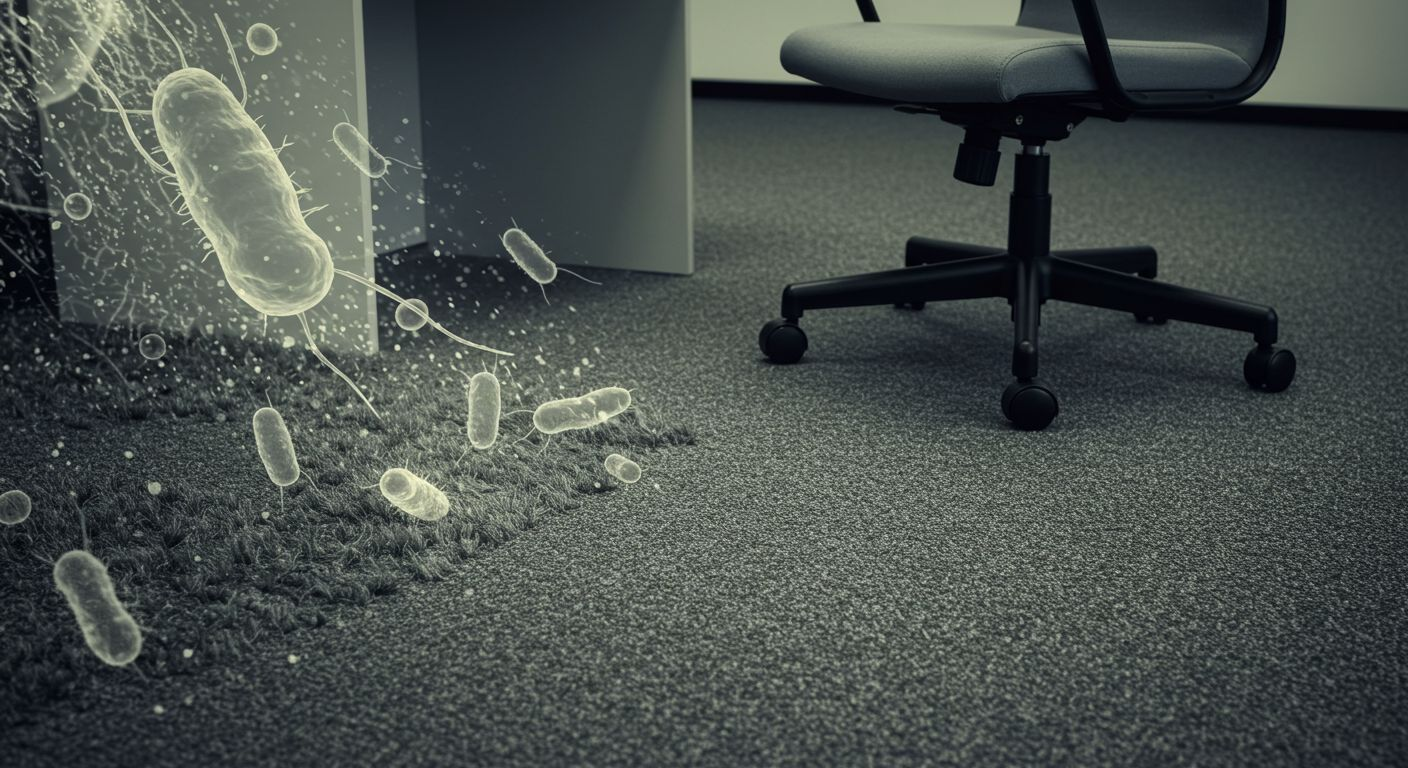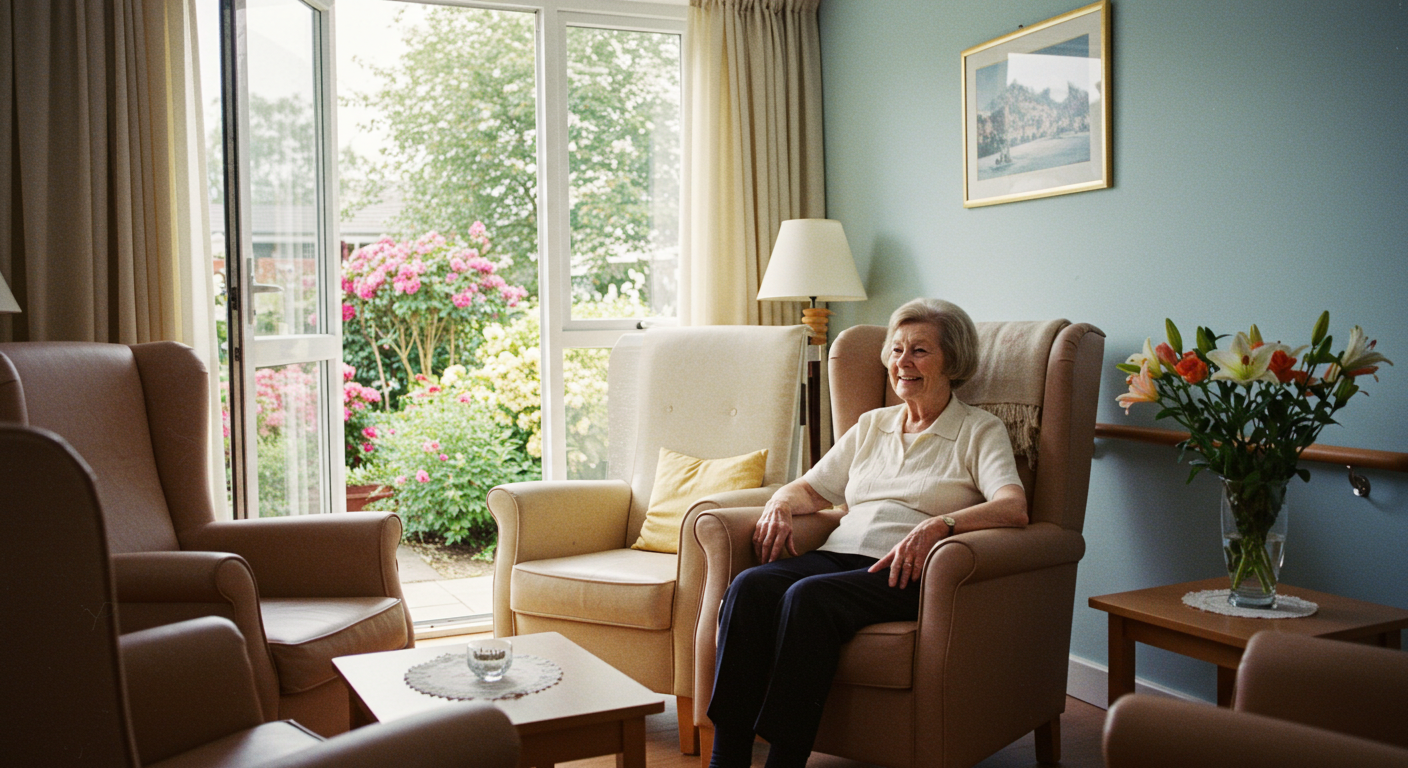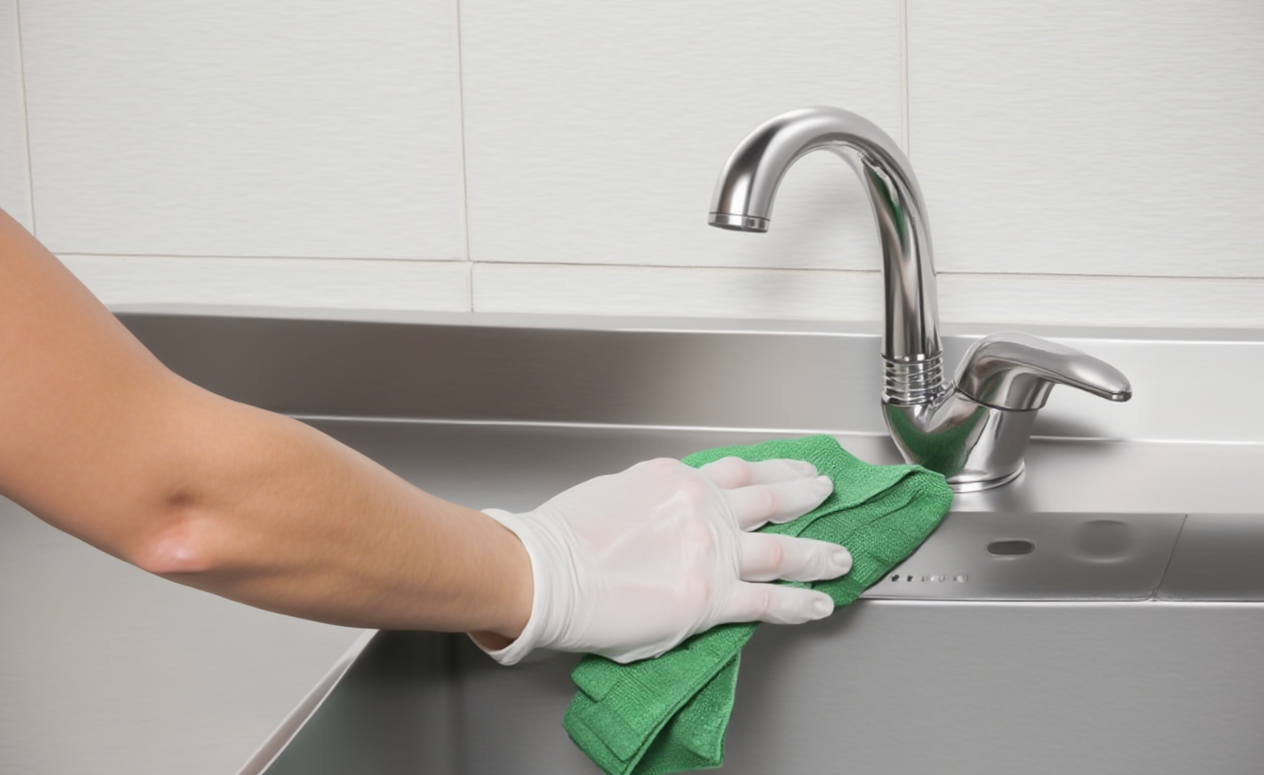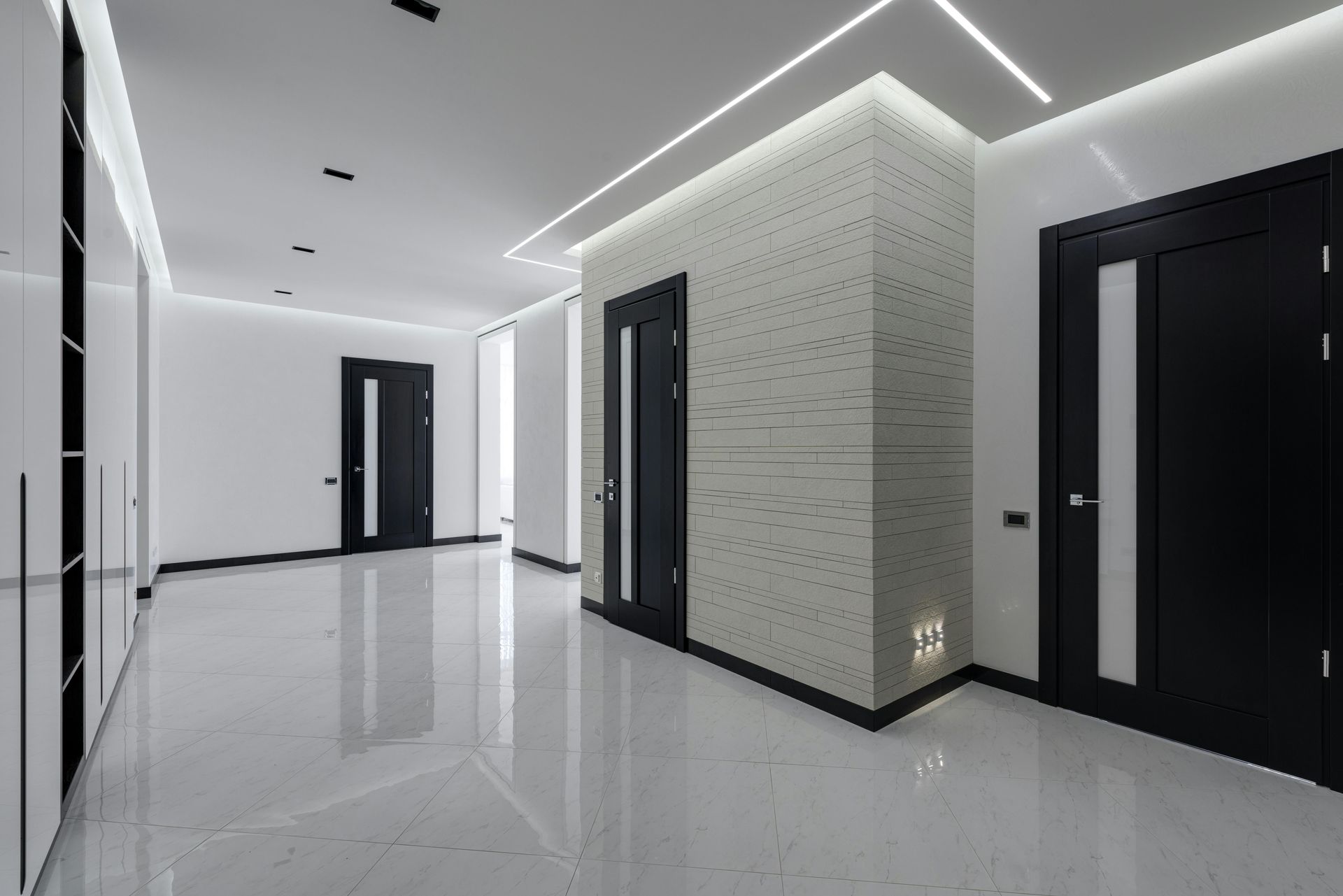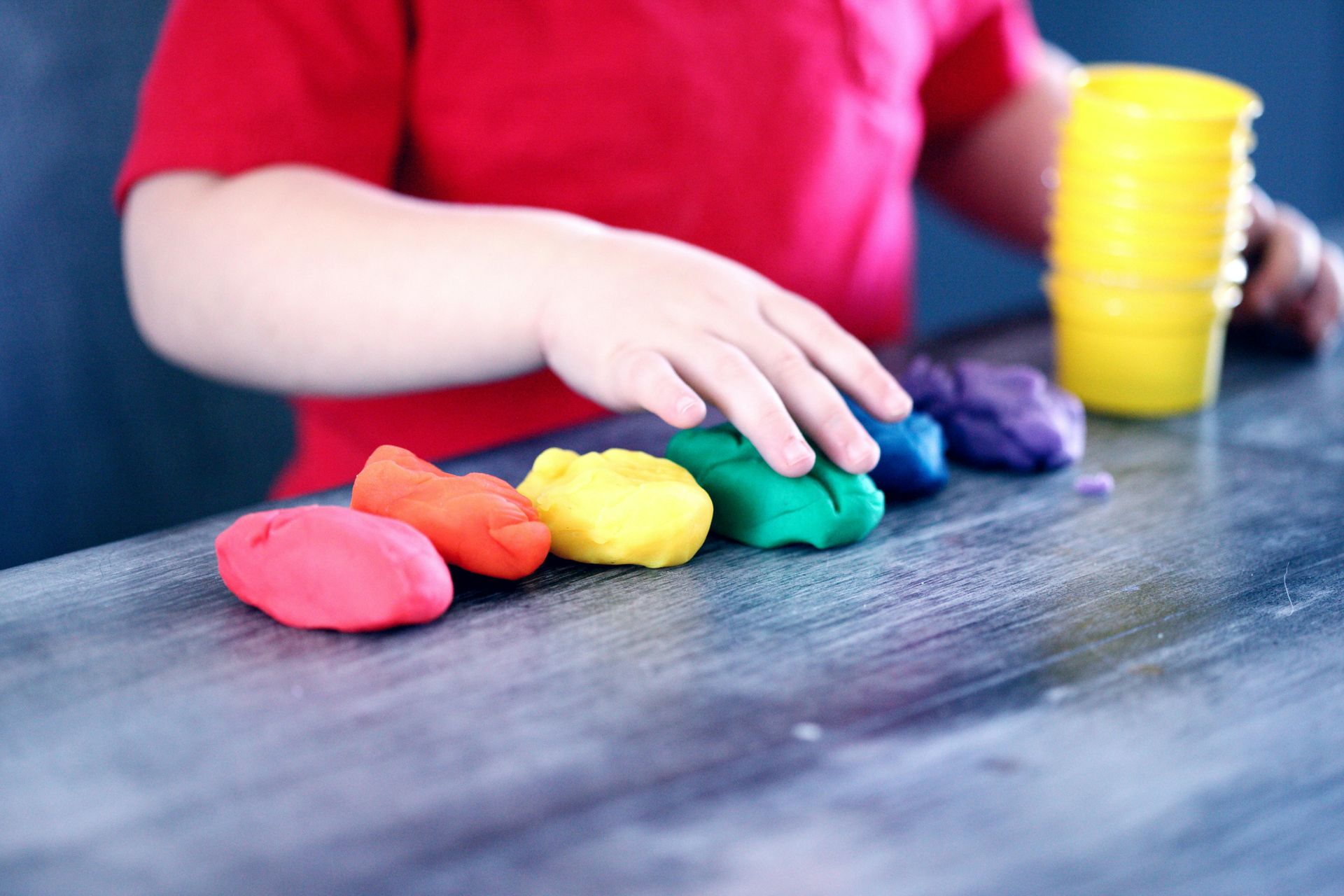Schools Start Strong with a Clean Sweep Approach
Maintaining a high standard of cleanliness in Australian schools is essential to fostering a safe, healthy, and effective learning environment. High-traffic areas, such as corridors, restrooms, cafeterias, classrooms, and main entrances require particular attention due to the constant movement of students, staff, and visitors. These zones are prone to the rapid accumulation of dirt, debris, and microbial contamination, which can contribute to the spread of illness if not properly managed.
A structured and consistent cleaning schedule is fundamental. Cleaning tasks should be clearly documented with daily, weekly, and term-based checklists. This ensures that no area is overlooked and allows for consistent implementation of cleaning protocols across different shifts and staff. Visibility of these schedules within staff rooms or cleaning stations can also support accountability and performance tracking. Queensland Health have also developed a disease prevention booklet, which is designed to assist staff in schools to safely manage spills of vomit, blood, faeces, and urine to prevent widespread transmission of gastroenteritis within the school facility.
Along with the physical aspect of cleaning a school, the selection of appropriate cleaning products plays a vital role. Only commercial grade disinfectants that meet national health and safety standards should be used, particularly those that are proven to eliminate bacteria and viruses commonly found in school environments. Cleaning solutions should also be safe for use around children, with low toxicity and minimal odour. To prevent cross contamination between areas, cleaning teams should adopt a colour coded system for cloths, mops, and buckets, assigning different colours to restrooms, kitchens, classrooms, and common areas.
The emphasis should be placed on regularly sanitising critical touch points throughout the day (see
Figure 1). These include door handles, stair rails, lockers, light switches, desks, water fountains, and computer keyboards. Because these surfaces are used frequently by multiple individuals, they pose a significant risk of disease transmission if not routinely disinfected.
(Figure 1) Critical Touch Points for Sanitation
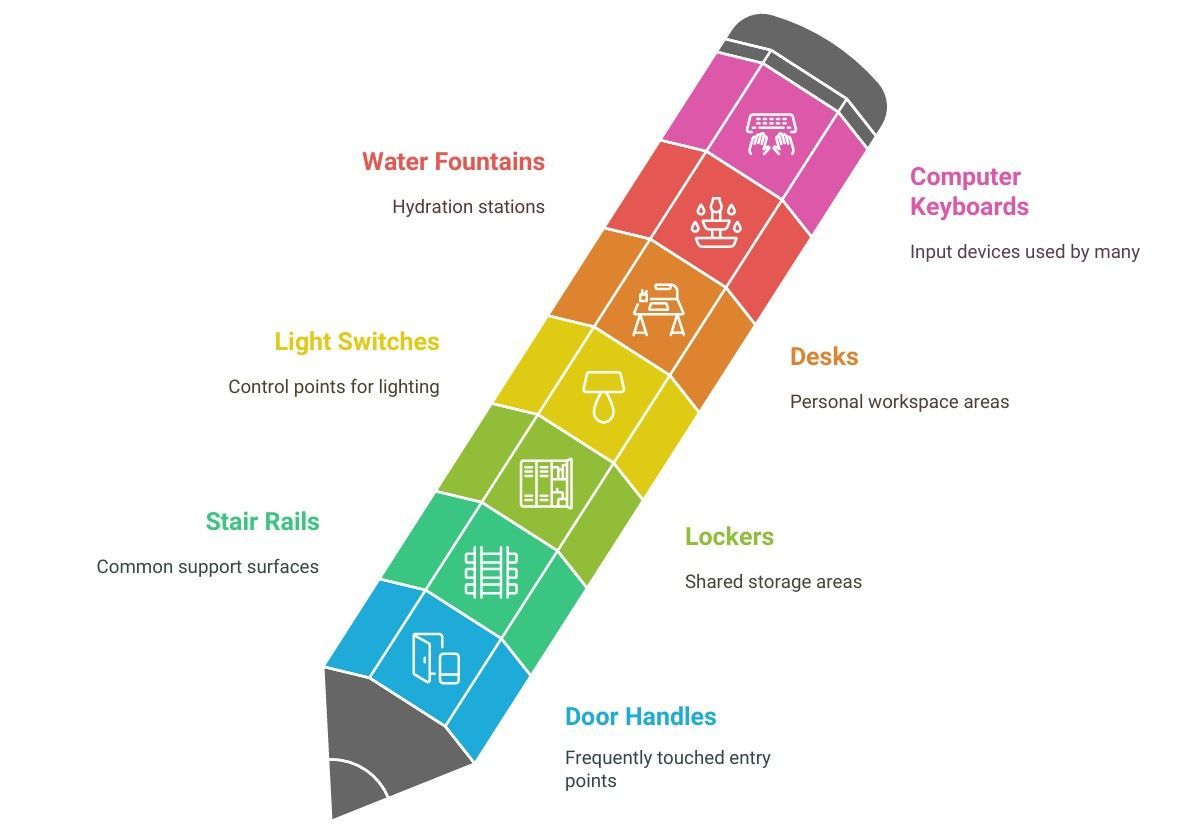
Staff training is another cornerstone of effective cleaning. All personnel involved in cleaning activities must be properly trained in the use of cleaning chemicals, equipment operation, safety procedures, and infection control protocols. Regular refresher training is also advised, especially in response to any new public health guidelines. Staff should also be provided with appropriate personal protective equipment such as gloves, masks, and eye protection, where and when applicable.
Where resources allow, investment in modern cleaning technologies can deliver greater efficiency and improved hygiene outcomes. If upgrading internal cleaning equipment isn’t within your budget, consider hiring a commercial cleaning company that has already made those investments. Professional cleaners often use modern cleaning technologies and advanced tools that deliver greater efficiency and superior hygiene outcomes, helping your school maintain high standards without the upfront costs.
Ventilation is also closely linked to cleanliness. Effective airflow can help reduce the build-up of airborne pathogens in crowded spaces. Schools should ensure HVAC systems are regularly serviced and filters replaced according to manufacturer guidelines. Where systems are outdated or underperforming, portable air purifiers may offer a supplementary solution. Department of Education South Australia stated in a recent article that “Both national and international research indicates that maximising natural ventilation through opening windows and doors and/or using mechanical ventilation systems, is the main and most effective contributor to improving air quality to minimise the risk of COVID-19 infection” (Sa.gov.au, 2022).
The broader Australian school community also plays a critical role. Students and staff should be regularly reminded of hygiene practices such as handwashing, respiratory etiquette, and proper waste disposal. Visual reminders and easy access to hygiene products can reinforce positive behaviour.
Lastly, all school cleaning practices should be subject to ongoing review. Routine inspections, feedback collection, and data tracking allow schools to adjust procedures in response to changing needs or identified gaps. Continuous improvement ensures that high-traffic areas remain clean, safe, and supportive of learning outcomes. For further information on The Advanced Group school cleaning services, visit https://www.advancedns.com.au/
References
Sa.gov.au. (2022).
Statement on ventilation in schools.
[online] Available at:
https://www.education.sa.gov.au/department/media-centre/our-news/statement-ventilation-schools


